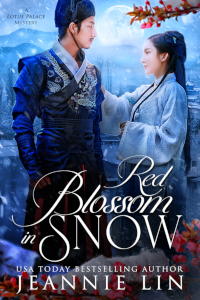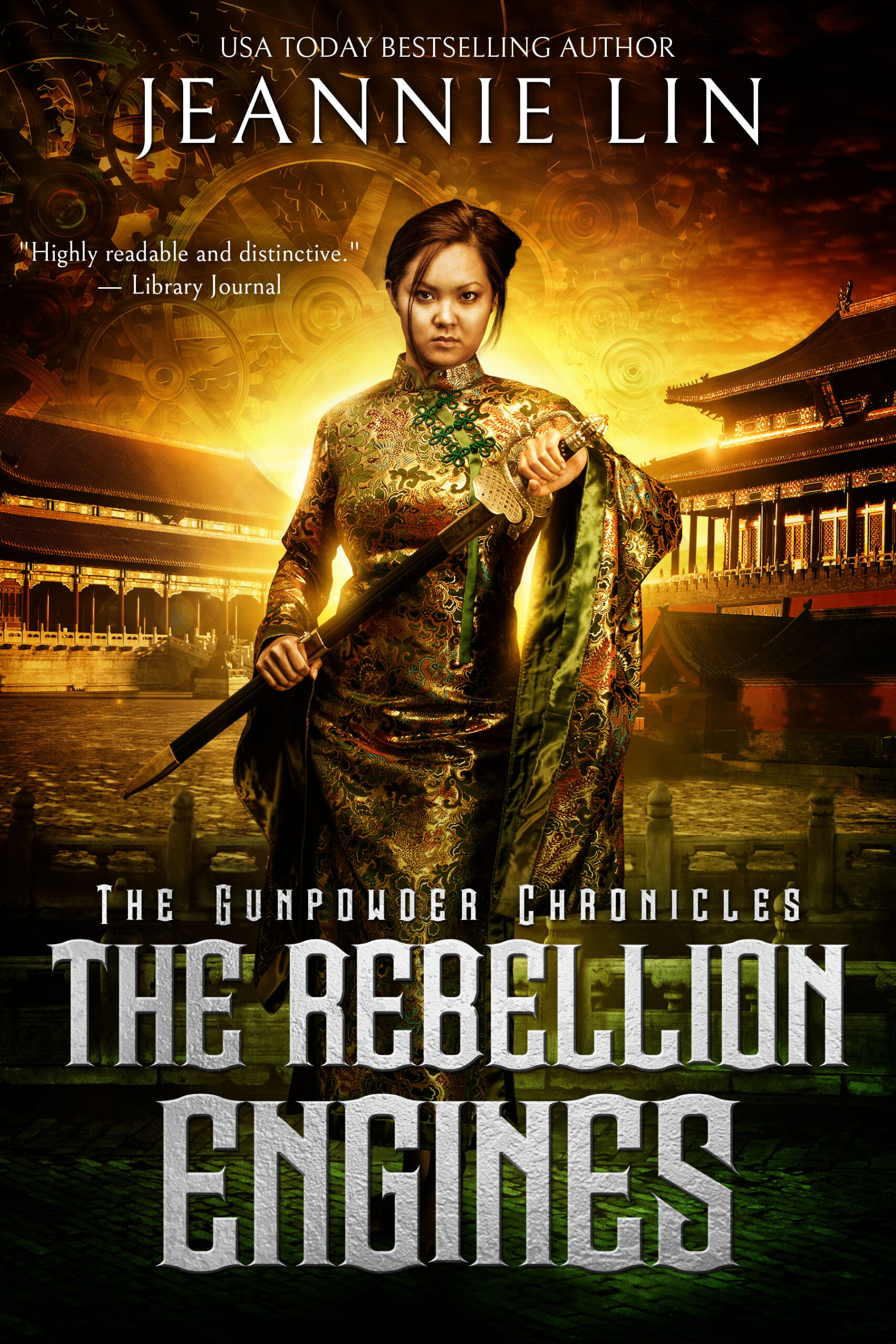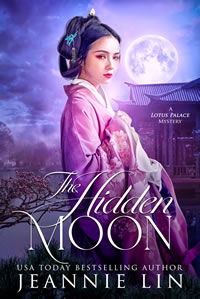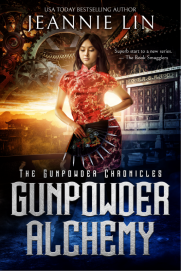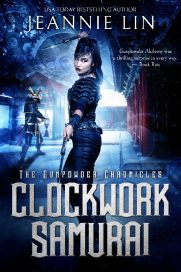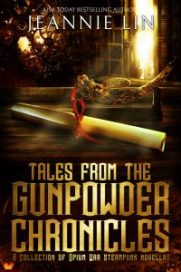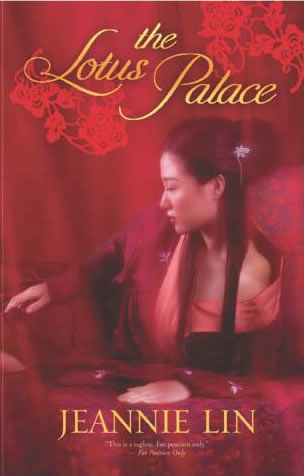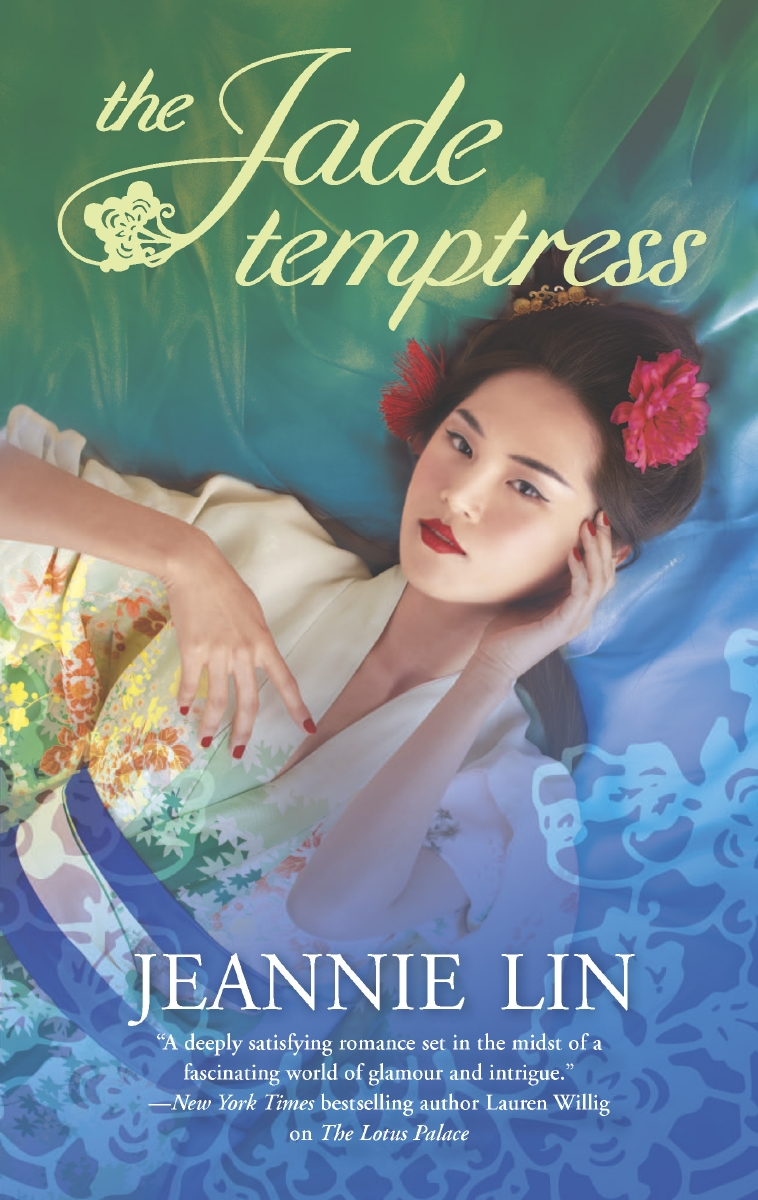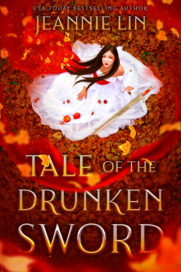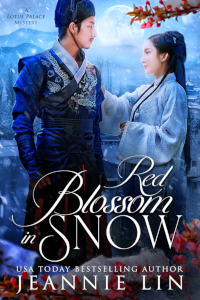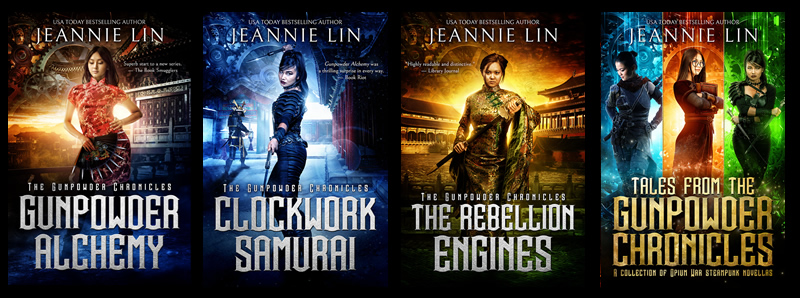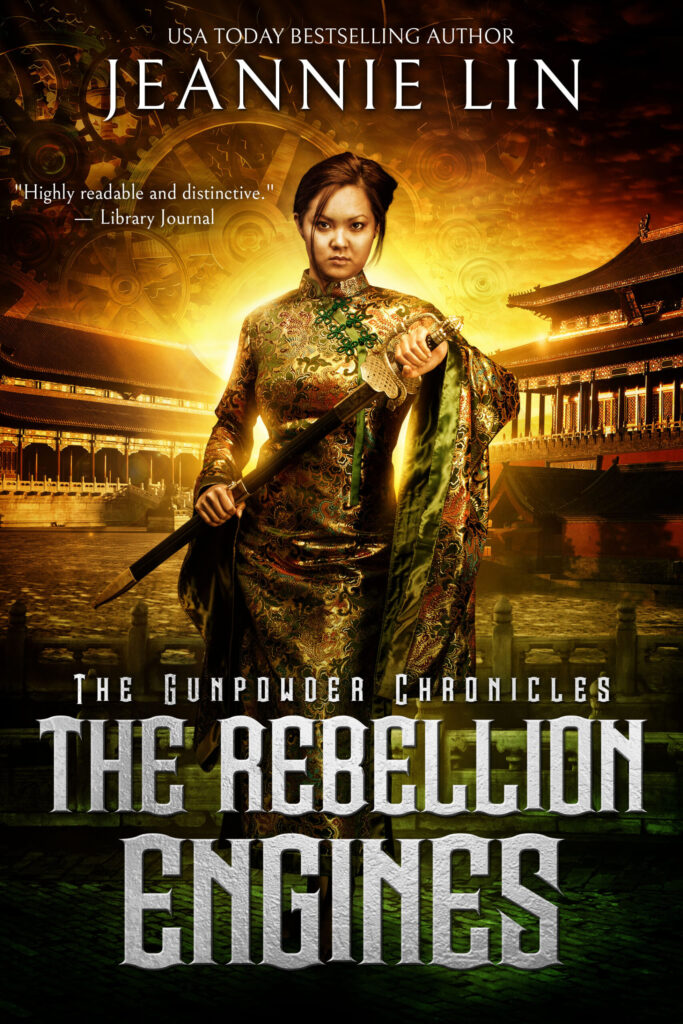As I was writing the draft for the next Lotus Palace book this November, I kept on promising my brain that if I finished the draft, I could reveal the cover. So for the first time in forever, I actually finished a novel during NanoWriMo (though I refuse to call it a NanoWriMo novel because….who puts a novel writing month in November, the worst writing month ever?!)
Okay, so on with the cover kibitz. If you’ve every tried to find stock images for Asian heroes, it’s SO difficult. When you’re also looking for heroes in appropriate historical dress, it’s nearly impossible. I don’t have the budget to do photo shoots, so my cover artists typically use stock photos and image manipulation and they do a fabulous job (thank you so much Deranged Doctor Design!)
As a wise person once said:

“Nudity is always historically accurate.”
— Jeannie Lin
I definitely have a file of these, hoping that, in a pinch, a talented cover artist might be able to incorporate this into a historical cover? But the look doesn’t quite work for Li Chen who has been presented as a mild-mannered, by-the-book scholar-gentleman. That’s not to say he can’t look like that under his scholar robes, but you get my drift.
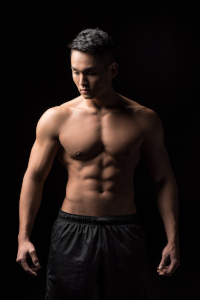
The historical pictures I manage to find are sometimes too cosplay or posed (lots of modern day wedding costumes).
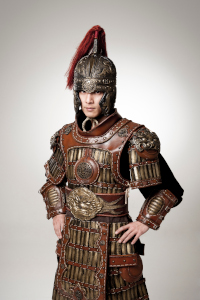
At one point, I wondered if the popular illustrated cover approach would work for Tang Dynasty romance. What do you think?
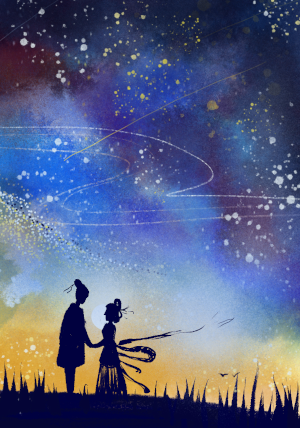
Couple beneath the stars 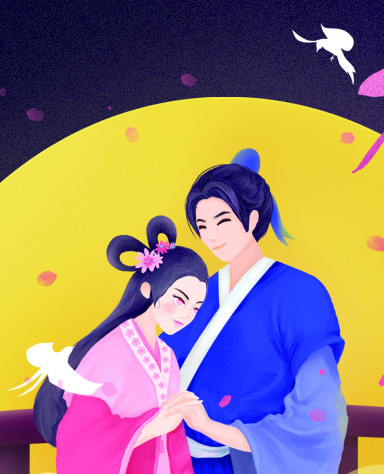
Lovers beneath a full moon.
For the “Red Blossom” cover, I managed after HOURS of searching to find an image in acceptable (more on this) historical costumes for the Tang Dynasty. The image had a couple in a pose that had some degree of romantic tension (Why must every model be grinning like a Cheshire cat? Give us more brooding intensity!)
About the costumes: The lady is wearing a plain robe. Her hair looks very C-drama and the robe can sort of pass for Tang Dynasty hanfu. It doesn’t have the flash of Wei-wei’s model in The Hidden Moon and The Liar’s Dice, but it will do. (My children said she looked like she was wearing pajamas, and the outfit sort of does looks like the pale zhong yi (middle clothes) that everyone wears in C-dramas.)
Song Yi is a less feisty heroine than Wei-wei, though she’s strong and strategic in a more internalized fashion. She’s even-tempered and rational.

In The Hidden Moon and in Red Blossom in Snow, Song Yi is described as wearing darker or more muted colors than the other courtesans. She doesn’t try to draw attention to herself with vibrant colors in the same way that a great beauty like Mingyu (The Jade Temptress) would.
What I’m totally enamored with is the hero’s uniform. It brings quite a bit of drama with it:
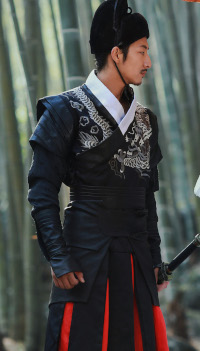
Look at the intensity in those eyes:
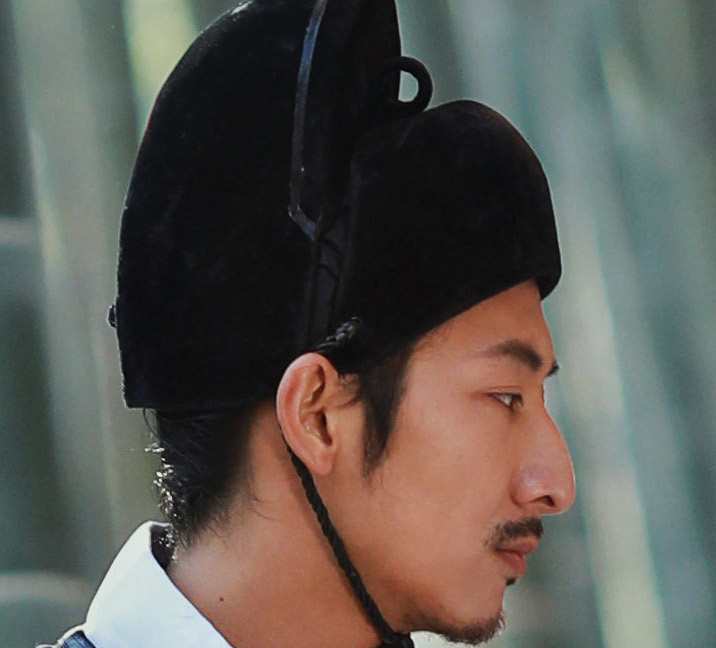
And you know what they say in America’s Next Top Model about posing from head to toe? Check out the tension in his hand.
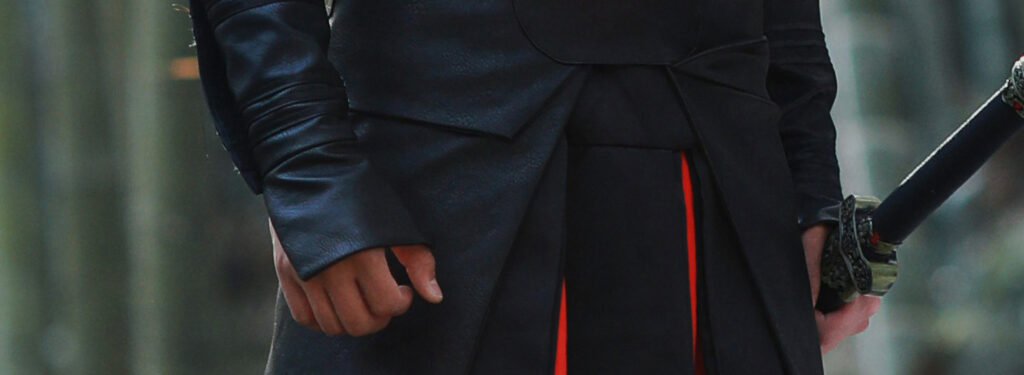
Okay, I’m getting carried away…. but feast your eyes!
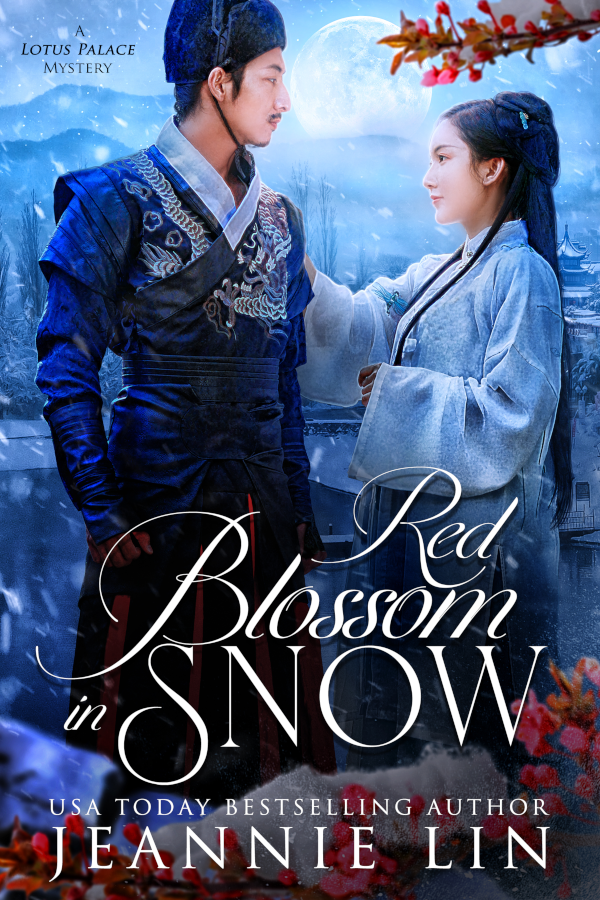
On Historical accuracy: I get that it’s not 100% accurate. The model is wearing what I would consider closer to a constable’s uniform — so this is what I actually imagine Gao or Wu Kaifeng wearing. Magistrate Li Chen wears a dark green robe to denote his rank.
I was also recently educated on a Twitter thread by @bookgir that the cross-collar hanfu is more of a Han Dynasty look and the Tang Dynasty favored round collars. (I confess, I have spent more time looking into Tang-era women’s clothing than men’s clothing.)
What makes this cover image work for me is this is how Magistrate or Judge Di Renjie is typically depicted in the popular “Detective Dee” movies which started with Andy Lau and has since switched out leads for new installments, a la James Bond. (Detective Dee even has a green uniform in the Blood Vine movie poster). Looking at these posters in more detail does show the “round collar” described in the Twitter thread.
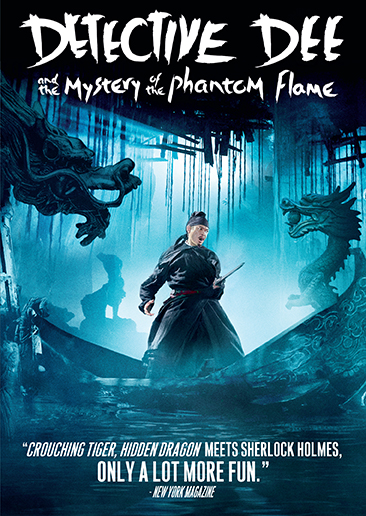
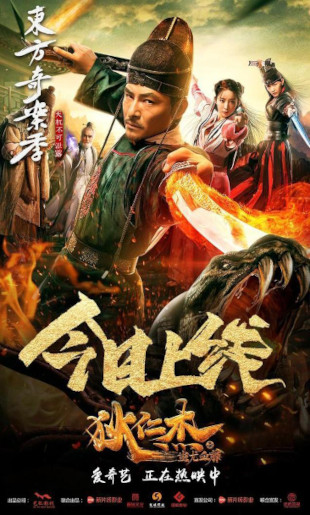
Judge Di or Judge Dee was a real historical figure in the Tang Dynasty who served under the reign of Wu Zetian. He was popularized as a sleuth and investigator by Robert van Gulik who wrote a long-running series of mysteries where Judge Di would travel about and investigate crimes, as magistrates in the Tang Dynasty were expected to do.
The movies opt to refer to Magistrate Di as Detective Dee, leaning into the more investigative and hands-on role magistrates were expected to take when it came to serving justice. As you can see from the movie posters, Detective Dee has been re-branded as an action hero, wielding swords and fighting off paranormal forces.
But it it important to note that Magistrate Li Chen of the Lotus Palace series holds the exact same position as Judge Dee or Detective Dee. They are both magistrates who, in imperial China, are tasked with investigating crimes, gathering evidence, as well as rendering judgement.
The first draft is indeed done. It’s one of my twisty-est, swooniest, C-drama, most “burn for you” novels and I absolutely wanted to feature a couple on the cover to convey that
I just adore the tension, the body language. The longing looks. So many longing looks.
Despite the winter frost, that cover is smoldering. It will continue to inspire me as I finish these revisions.
To Pre-order and Add on Goodreads:
Get caught up on the Lotus Palace series…
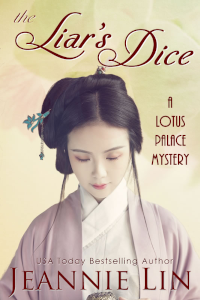
The Liar’s Dice (novella)
The Liar’s Dice
The Hidden Moon
Red Blossom in Snow



